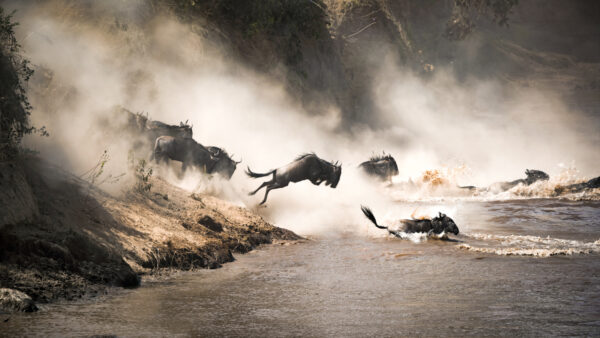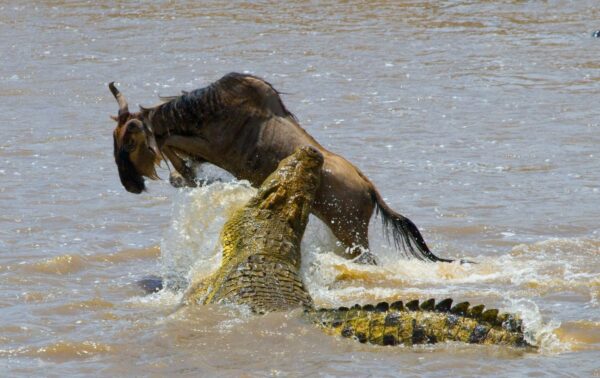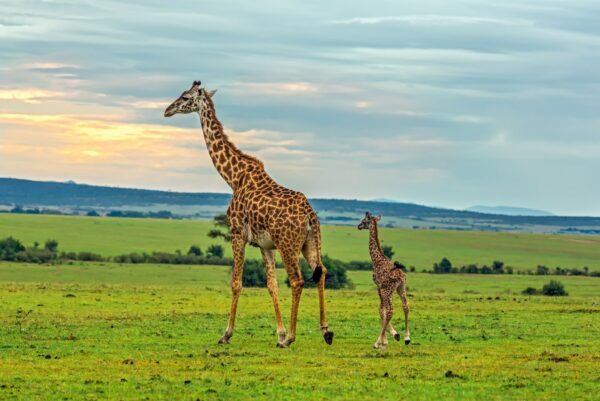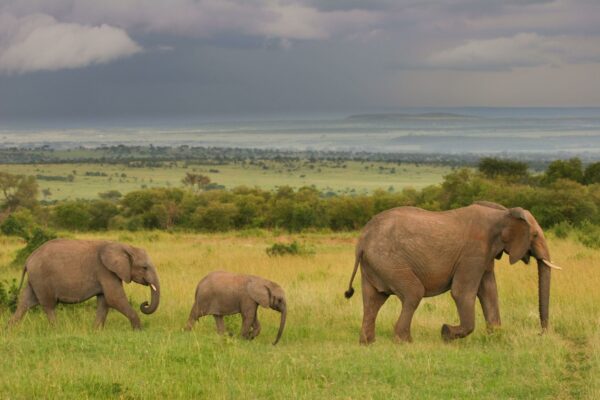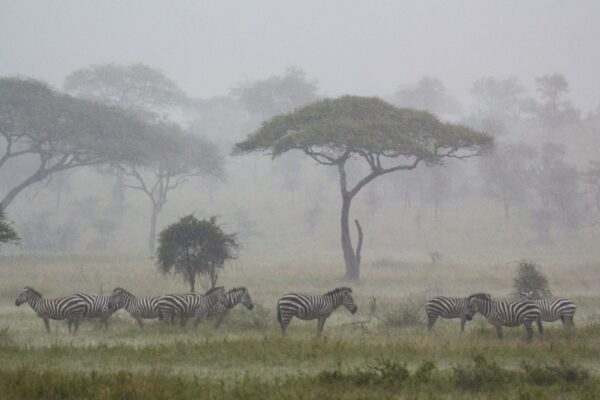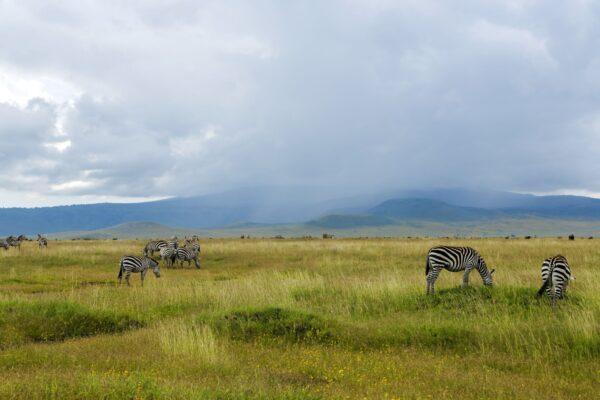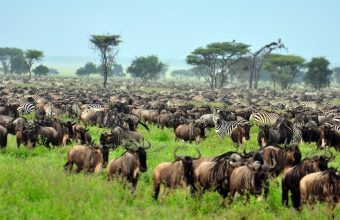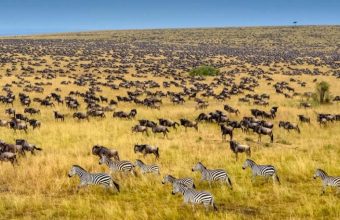The Best Time To See The Wildebeest Migration
A month-by-month guide to the wildebeest migration route
By definition, the wildebeest migration is a continually moving and perpetually active phenomenon; where you go depends very much on when you decide to travel.
A note on the "route"
Beware any safari company that tells you they can guarantee the route the herds will take. This is a natural, fundamentally chaotic occurrence and the herd does not move in one continuous, predictable motion. Sometimes they’ll go forwards, sometimes backwards. Sometimes they move as one group, more often they’ll fragment into smaller herds dispersed across vast distances.
The herd's movements also depend greatly on local weather conditions. Particularly dry years can see the wildebeest reach the Mara River in early July in search of water, while a wet year means the herds might be spread out from Seronera all the way to the Mara. When they reach the river, the wildebeest may take days or even weeks to cross. A reputable and well-informed safari operator will help you make an educated guess, but there's still plenty of luck to being in the right place at the right time.
With that major caveat in mind, you can use this quick reference to see where the mega herd is most likely to be during your chosen month(s) of travel.
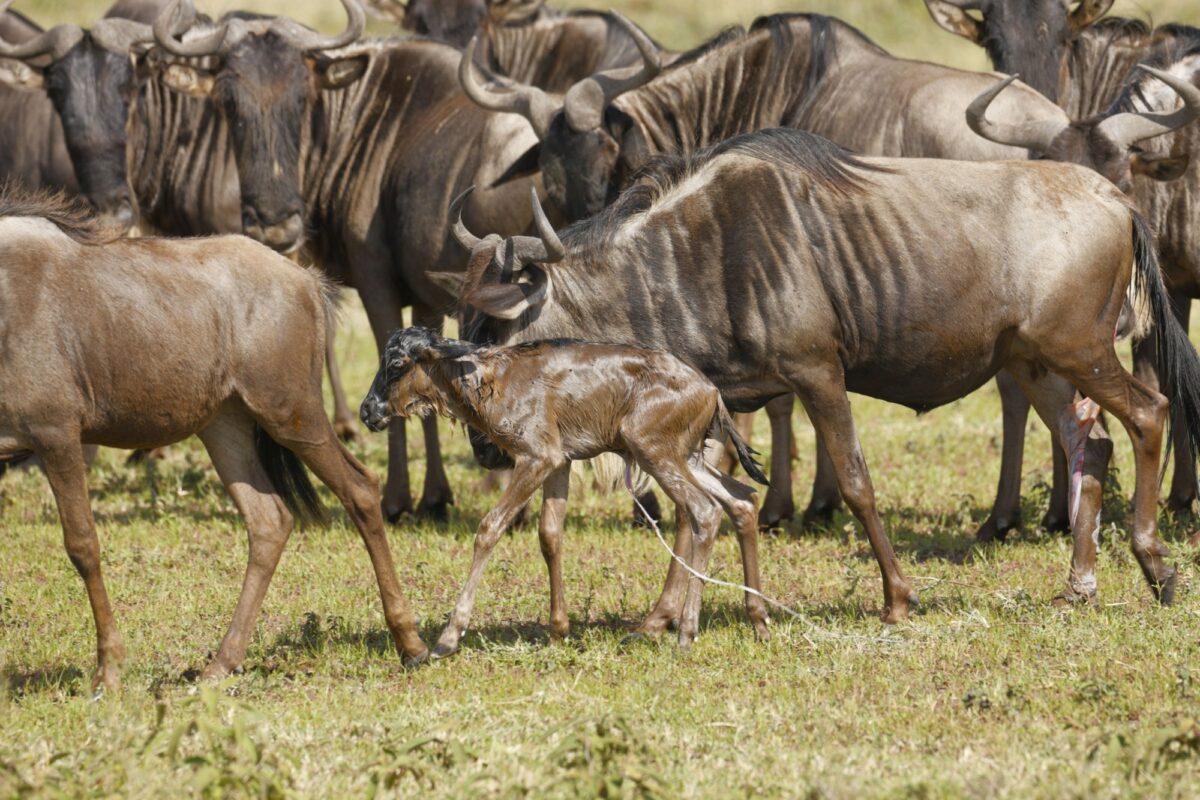
Newborn wildebeest joins the herd in the Ndutu Plains
When to see the wildebeest migration
January to March: Calving season
The start of the new year sees the mega-herd congregating for calving season in the rich, fertile Ndutu plains, in the Ngorongoro Conservation Area to the southeast of the Serengeti National Park.
By the middle of January, almost 8,000 calves are being born each day. However, more calves means more predators, and Ndutu is home to some gut-wrenching, awe-inspiring predator action during January and February. This is the prime time to see wildebeest and big cats in Tanzania.
The end of March brings the ‘long rains’, leaving the ground muddy. The wildebeest mega-herds disperse, heading north through the Maswa Game Reserve and spreading out to the east and west.
Read More
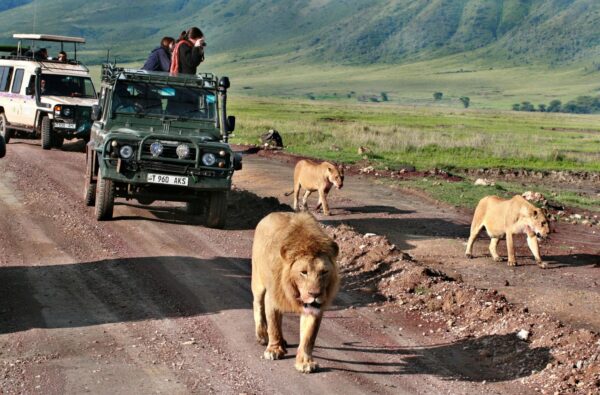
Where Is The Wildebeest Migration In January?
A new year means new life, and the stage for the spectacle this month is around the Ndutu Plains in the Ngorongoro Conservation Area, to the south of the Serengeti National Park…
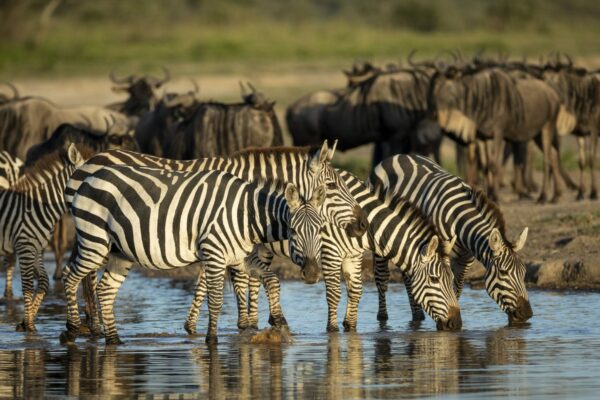
Where Is The Wildebeest Migration In February?
In February most of the migration action takes place in the Ndutu Plains, to the southwest of the Serengeti…

Where Is The Wildebeest Migration In March?
After a long period of grazing in the Ndutu region, the once green grass is now over-grazed, with little left for the enlarged herd…
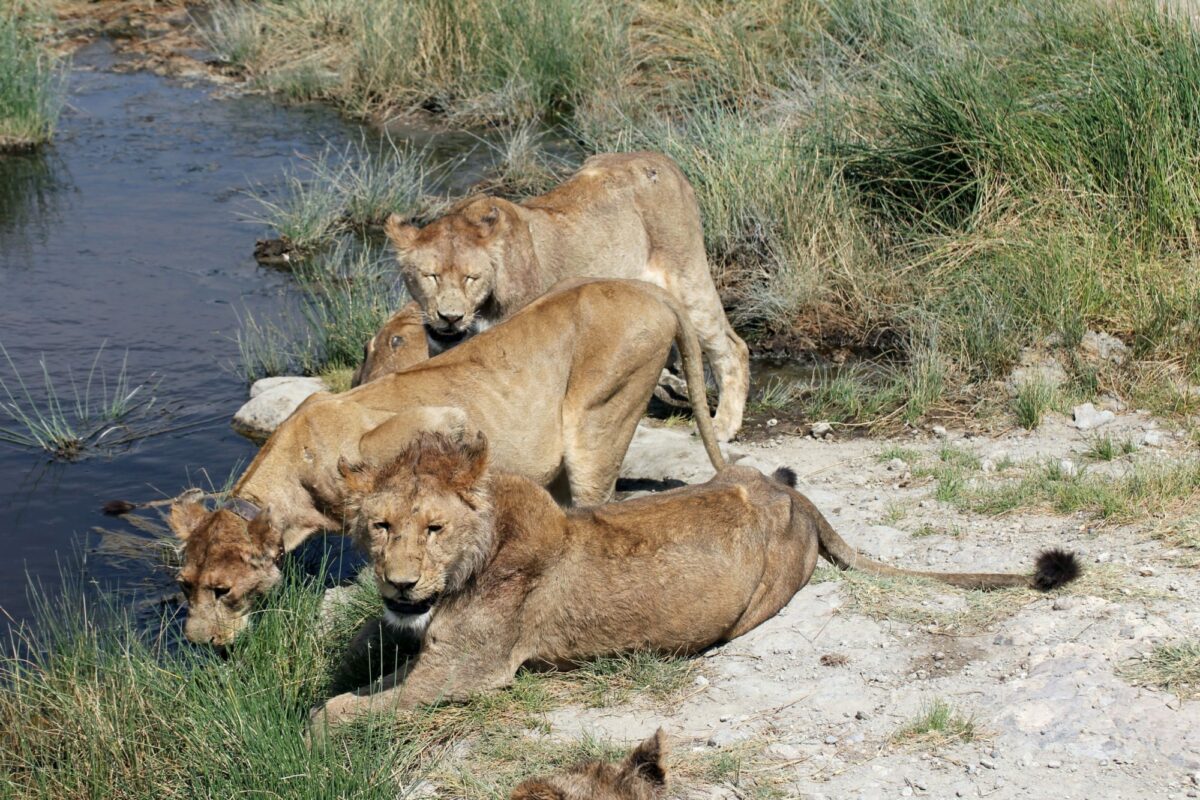
Lions drinking at the Seronera River
April to June: Migrating north
April sees the beginning of the year’s ‘long rains’ and, with it, the scattering of the wildebeest herds throughout the Serengeti. The mega-herd will split in search of fresh pastures, and by May, the journey north has begun with the ultimate aim of reaching the Mara River. Expect to see huge columns of wildebeest (sometimes up to 40km in length) barrelling their way up the Serengeti. By June, around a quarter of the wildebeest herd will be in the western Grumeti region facing the Grumeti rivers, the first big obstacle of their journey.
The heavy rain and unpredictability of where the herds will turn to next makes this season a challenging one for safari-goers. However, those that do encounter a herd in June can look forward to rutting season, with male wildebeest clattering horns to secure the best spots around the watering holes, which attract females.
Read More
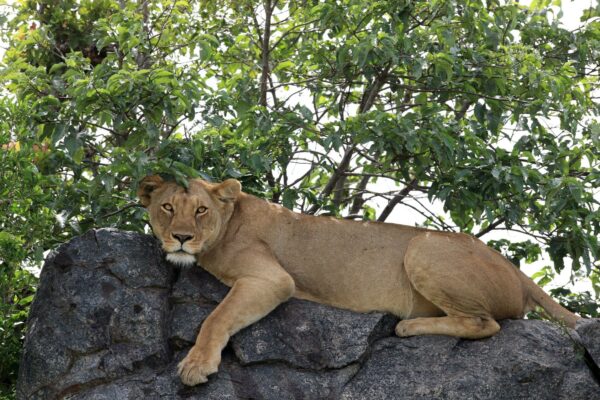
Where Is The Wildebeest Migration In April?
Long rains mean thicker vegetation and scattered herds, which makes viewing more of a challenge…
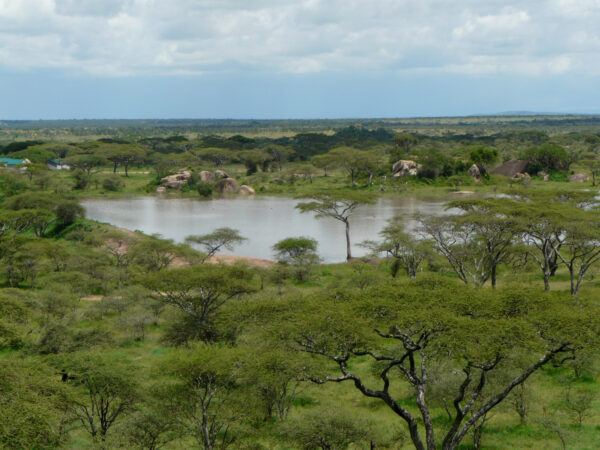
Where Is The Wildebeest Migration In May?
The long rains taper off and the herds are on the move, heading north towards Kenya…
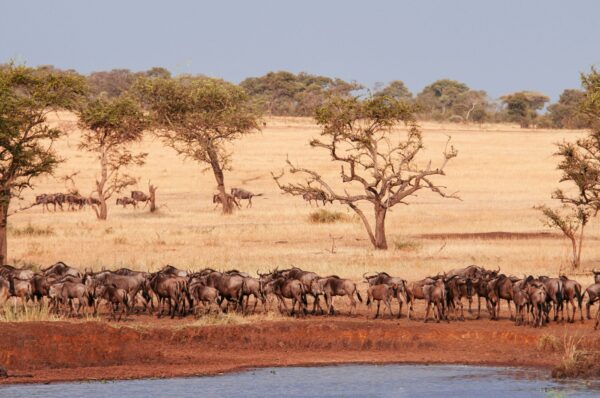
Where Is The Wildebeest Migration In June?
The skies are clear, the land dries out, and the herds gain strength and power as the calves mature…
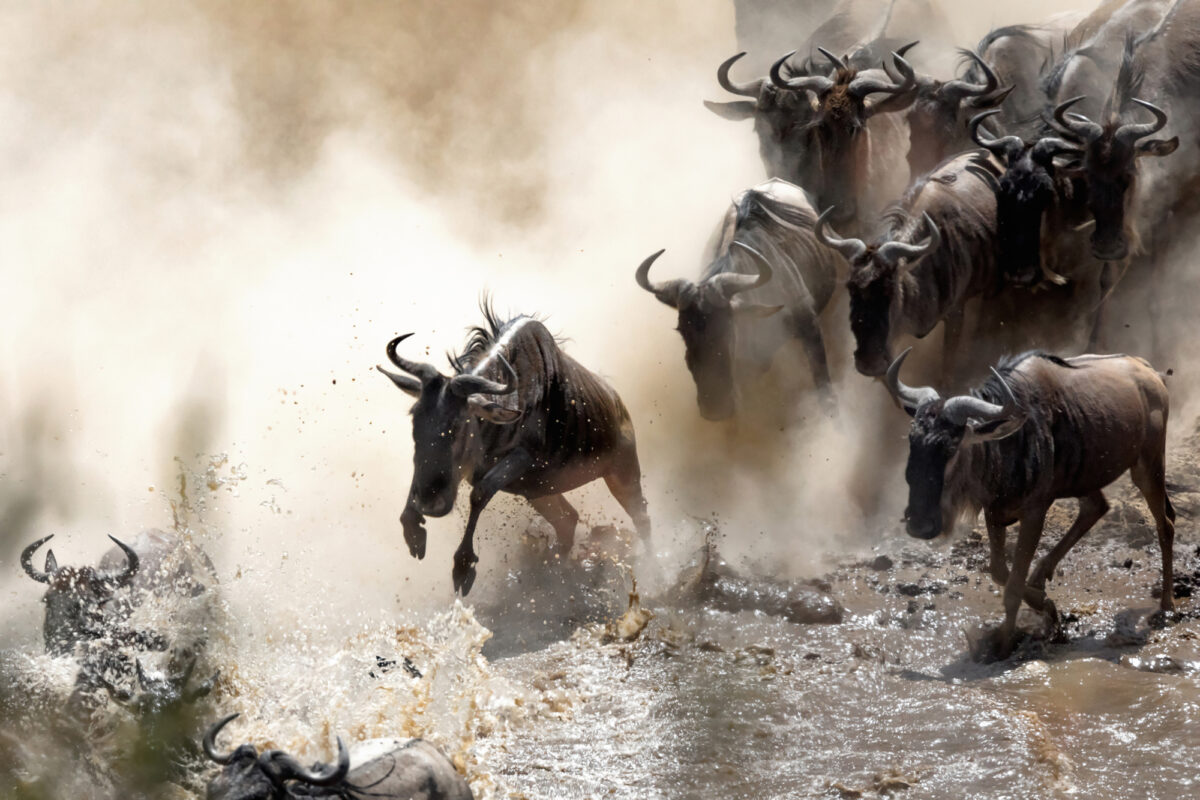
Crossing the Mara River – the classic migration moment
July to August: River crossings
Get ready: July and August see the start of the wildebeest migration’s big event, with the major river crossings taking place in July as the herds congregate at the Mara River. Thousands of wildebeest fling themselves into the unforgiving waters, where hulking crocodiles lie in wait. However, don’t expect all the action to take place in one day. You’ll find crossings take place over a number of days, with the herds crossing the Mara back and forth.
By the end of August, the surviving wildebeest will have made it across the Mara and will be grazing in Kenya’s Maasai Mara.
Read More
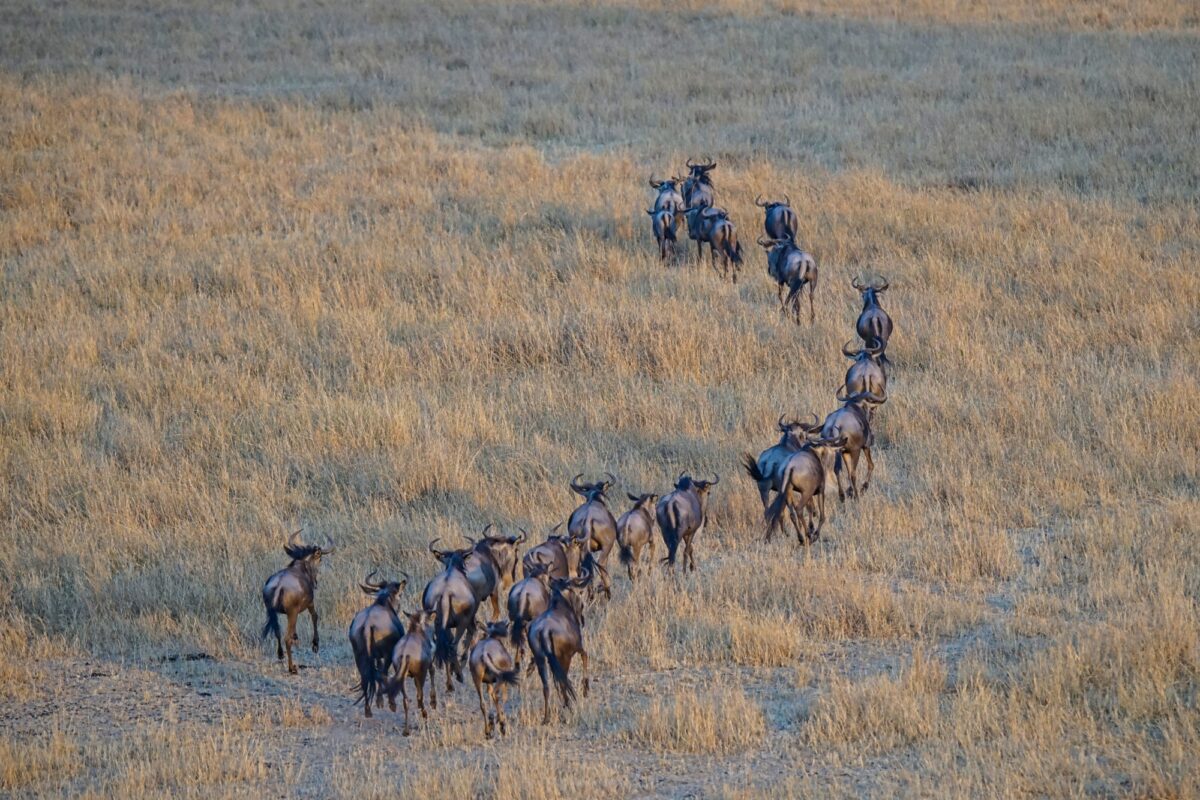
A column of wildebeest moves through the Maasai Mara
September to October: Rest and recuperation
September and October are a time of plenty for the wildebeest. The survivors break up into smaller groups, with some staying in the Maasai Mara and others remaining in the north of the Serengeti with occasional crossings between the Gogatende and Lamai area. All are looking for fresh grass, but predators abound.
Before the ‘short rains’ come, the wildebeest are easy to find, huddling around the remaining water holes. By October, thoughts of migration start again, with the dry season coming to an end. When the rains hit the wildebeest move again, this time heading south through Loliondo and the Serengeti’s Lobo area, aiming for the short-grass plains of the southern Serengeti.
Read More
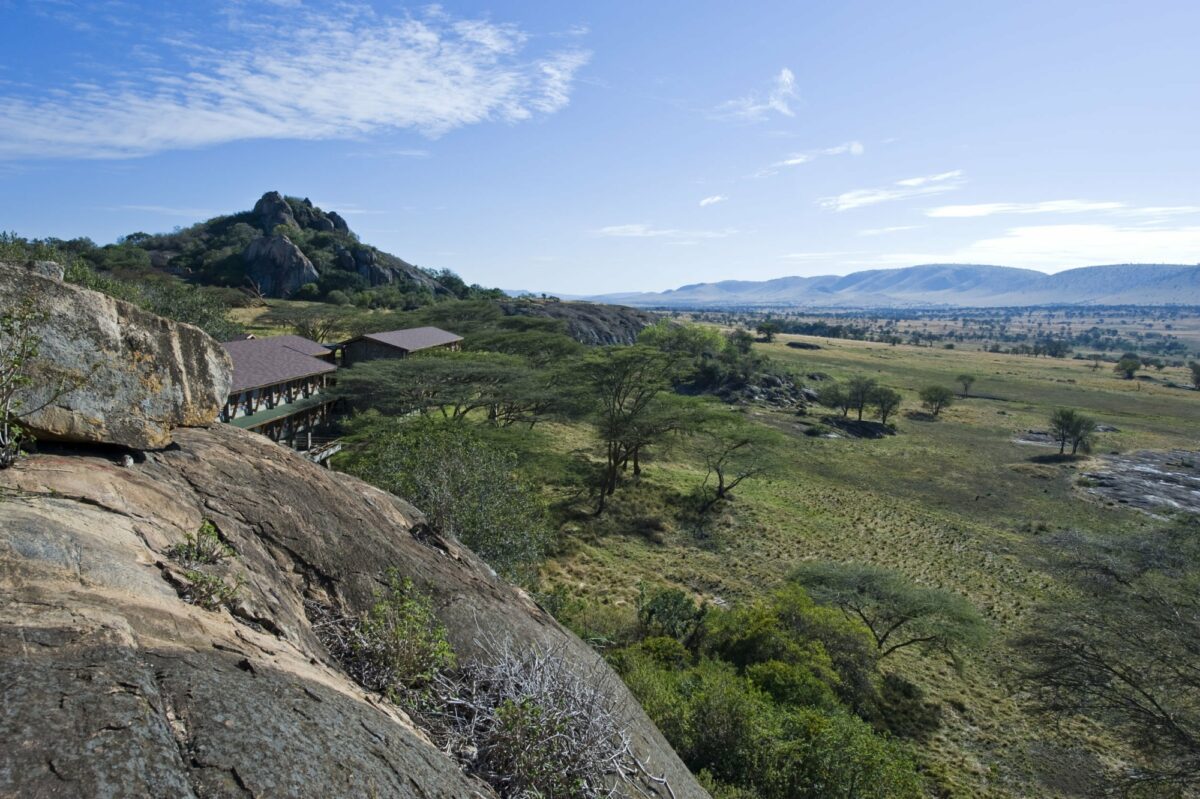
Glorious views over the Lobo region, in the northeastern Serengeti
November to December: ‘Green season’
Tanzania’s ‘short rains’ begin in November, greening the short-grass plains of the Serengeti and drawing the herd to graze. From the beginning of November, you can expect the herds to linger around the northern Serengeti regions of Kogatende and Lamai before heading south for the second big migration of the year. Look for long trains of migrating wildebeest travelling at pace to the central Serengeti.
The herds then split, making it difficult to predict where the main group will be. By December, the wildebeest may be south-east of the central Serengeti region of Seronera, but some may have already made it as far as the Ndutu plains in the Ngorongoro Conservation Area, where they will be preparing for the calving season and for the whole cycle to begin again.
Read More
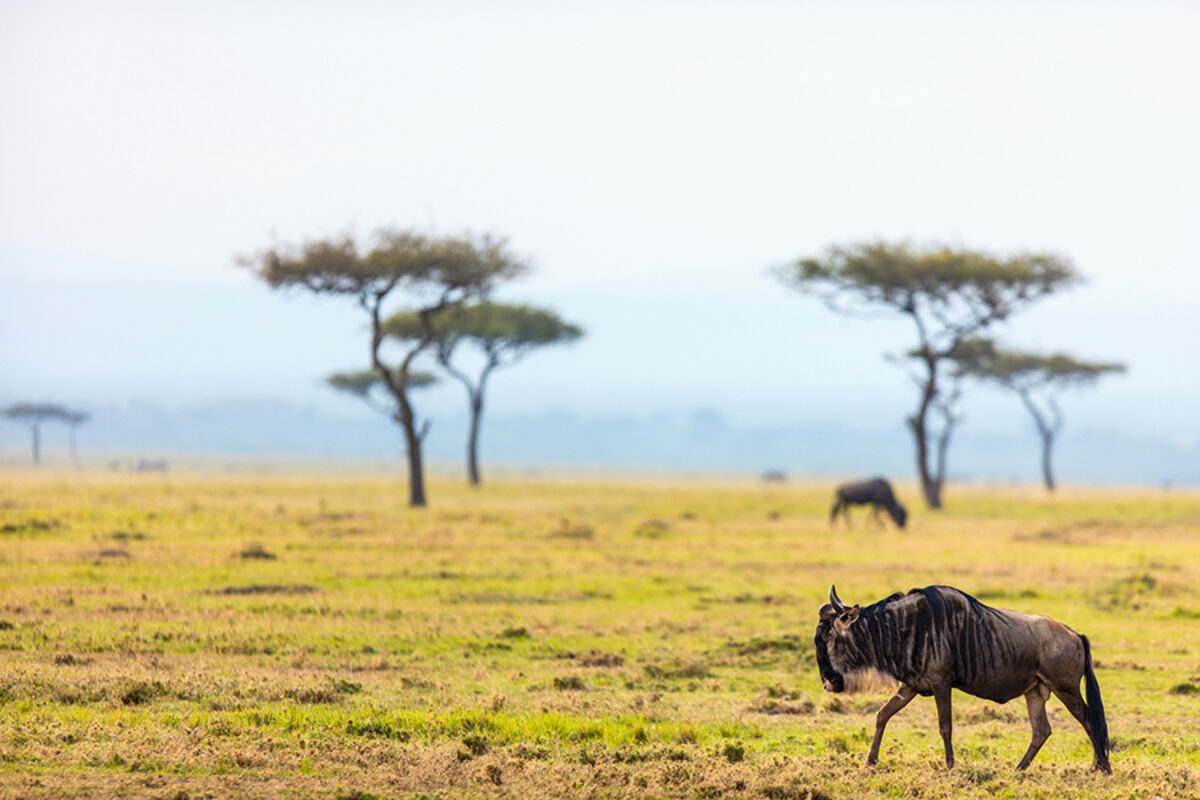
Timing a migration safari
What are the best months to see the wildebeest migration?
Both Tanzania and Kenya are year-round safari destinations. But if you’re particularly fixed on the wildebeest migration, the two best months are January – calving season in the Ndutu Plains – and June to catch the early river crossings before peak season kicks in.
What months are best to see river crossings?
The main body of the mega-herd should be in the northern Serengeti, crossing the Mara River and heading into Kenya’s Maasai Mara in July and August, but crossings can begin as early as June and last until October.
This is peak tourism season and reserves will feel busy – especially in the Mara. For more exclusive (but smaller and less spectacular) river crossings you can try the Grumeti reserves around June and July.
When is the best time to see the migration in the Maasai Mara?
The bulk of the herd should be across the border and in Kenya’s Maasai Mara between September and October. This is a time of plenty, with the herds grazing, crossing rivers and moving between the Mara and the Serengeti.

